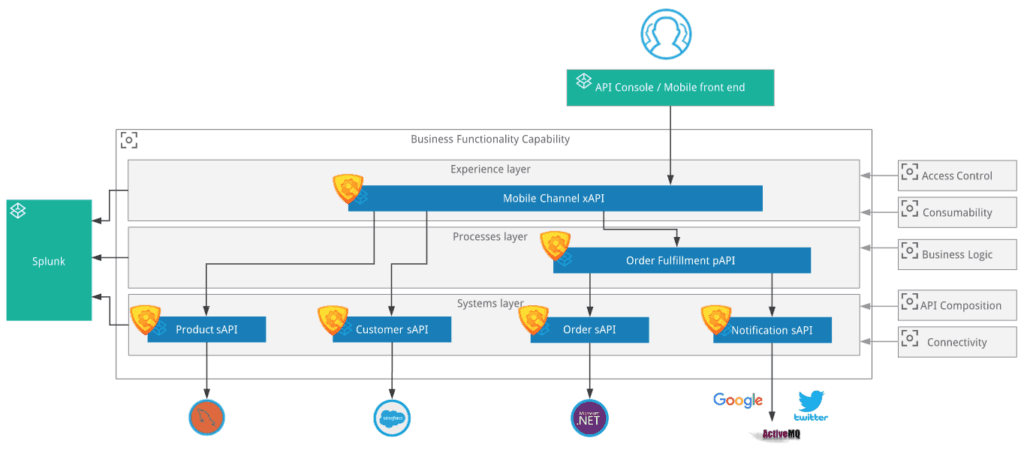
It offers a wide range of features for searching, analyzing, and visualizing data, including real-time search, advanced analytics, machine learning, and alerting. In summary, Splunk processes and stores data using a distributed architecture that includes a Universal Forwarder, an indexer, and a highly compressed data store called the Splunk index. The machine learning toolkit in Splunk can be used to build custom models or use pre-built models for common use cases, such as fraud detection or predictive maintenance. Splunk also supports machine learning algorithms that allow users to detect anomalies, predict outcomes, and classify data. When the alert conditions are met, Splunk can send notifications via email or other channels.

Splunk also offers an alerting mechanism that allows users to define alerts based on specific search criteria. Searches can be saved as reports and dashboards, which can be shared with other users. Splunk supports a variety of search commands and functions that allow users to analyze and visualize their data. Splunk uses a schema-on-read approach to data, which means that the data is indexed at search time, allowing users to search and analyze the data without having to predefine a schema. The index is designed to handle high-volume and high-velocity data and supports real-time search and analytics. It uses a highly compressed, columnar, and distributed data store called the Splunk index. The Splunk indexer is responsible for indexing and storing the data.


Once the data is collected, it is sent to the indexer for processing. The forwarder can be installed on any machine that generates data and can be configured to monitor log files, TCP/UDP ports, or system metrics. Splunk uses a proprietary data processing pipeline called the Universal Forwarder to collect and send data to the Splunk indexer.


 0 kommentar(er)
0 kommentar(er)
